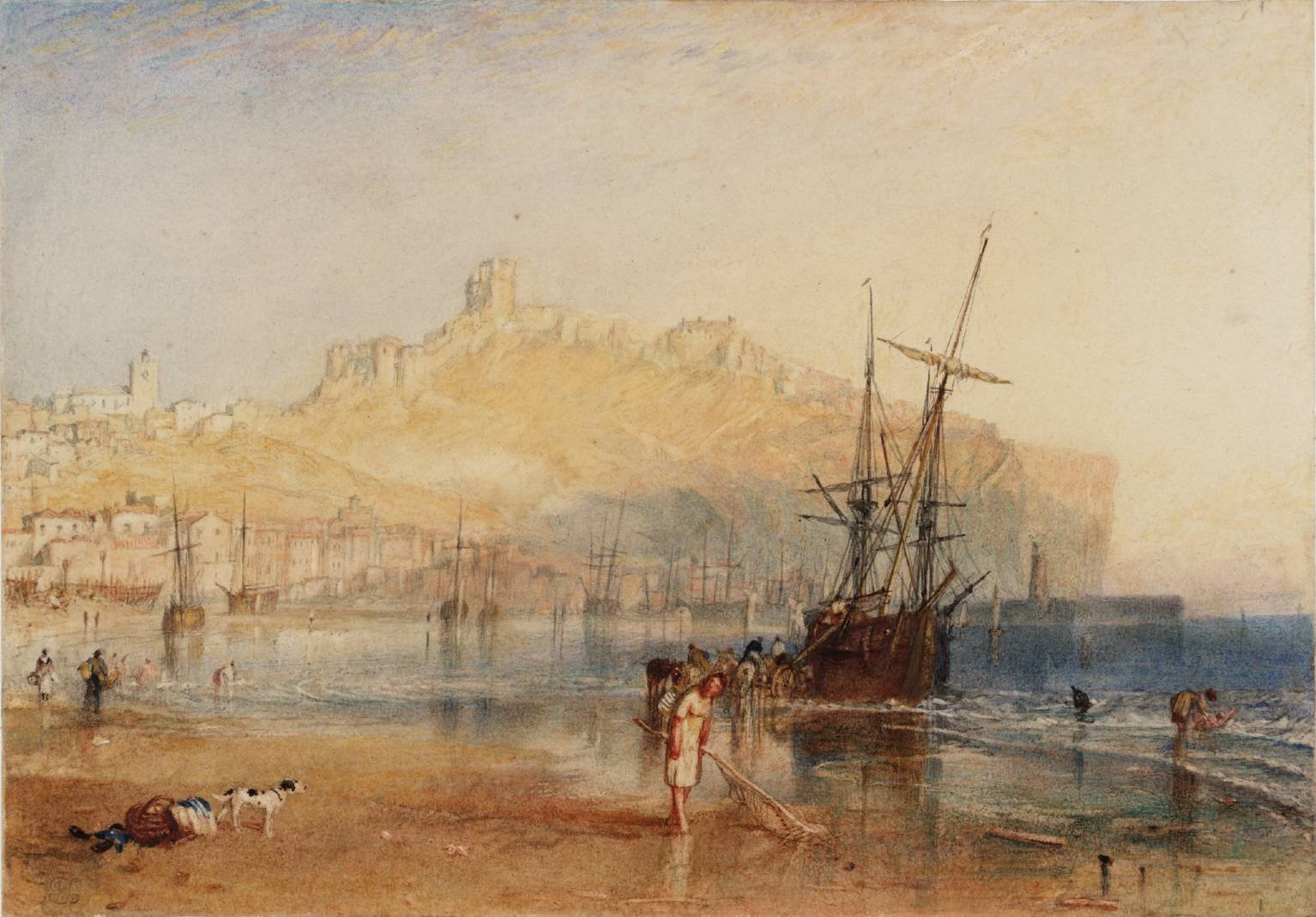Real or Fake #8
Wednesday, 1 May 2024. Newsletter 8.
Can we fool you? The term “fake” may be slightly sensationalist when it comes to old drawings. Copying originals and prints has formed a key part of an artist’s education since the Renaissance and with the passing of time the distinction between the two can be innocently mistaken.
One of these watercolours was painted in Scarborough, around 1825, by one of England’s favourite sons as part of a series entitled 'Ports of England'. It is now at Tate Britain, along with thousands of works which were bequeathed to the nation from the artist’s estate after the settlement of his will in 1856. The other work is a copy by an unknown artist. It was possibly painted in London and it is now in the British Museum, where it is listed as a forgery.
Scroll to reveal the answer.
The original, of course, is the upper image and it is by Joseph Mallord William Turner (1775-1851).
JMW Turner, ‘Scarborough’, Tate, D18142; Turner Bequest CCVIII I
Manner/Style of JMW Turner, ‘Scarborough’, British Museum, London, inv. no.: 1957,0731.1
A comparable example of a direct copy after a watercolour in the Turner bequest is listed in the British Museum’s digital catalogue with the following entry, which is equally applicable for our chosen example:
“Although the work is kept in a folder labelled 'forgeries' we do not know for certain that it was created with the intention to deceive, as it was possible to copy works by Turner when the Turner Bequest (now at Tate Britain) was held in the National Gallery in the 19th century and in Tate and the British Museum in the 20th.”


